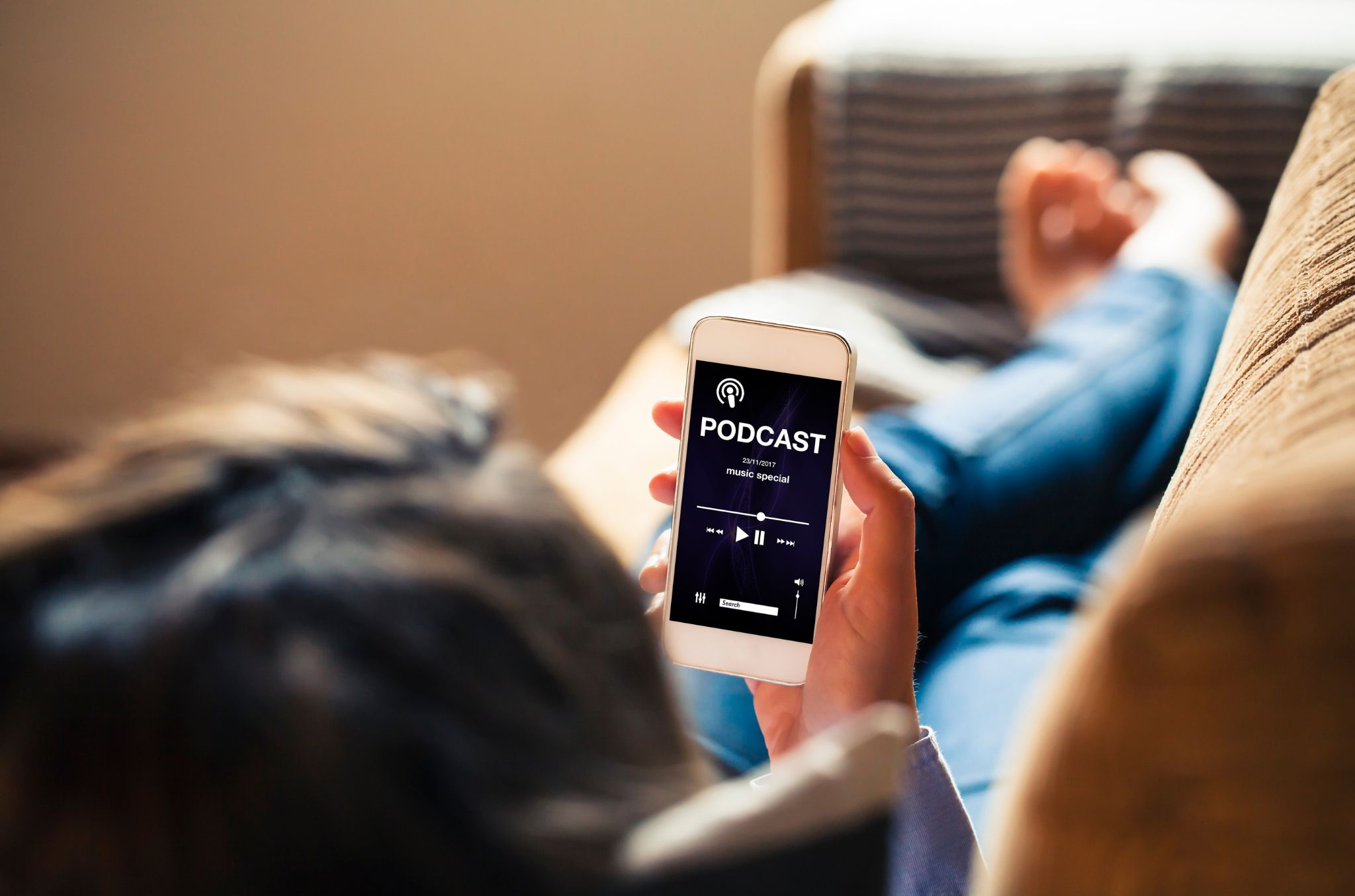
In the evolving landscape of digital advertising, businesses are constantly seeking the most effective platforms to invest their advertising dollars. The debate between podcast vs YouTube as the superior advertising medium is ongoing, with both platforms offering unique advantages and challenges. Podcasts, with their growing listener base and intimate audio content, present a lucrative channel for advertisers. Meanwhile, YouTube’s vast audience and visually engaging youtube videos offer a different appeal.
This blog post aims to dissect these two platforms across various metrics such as cost, engagement, ROI, and more, providing insights for advertisers, especially those represented by RadioActive Media, a leading radio and podcast advertising agency.
Understanding Podcast Advertising
Podcast advertising is a growing phenomenon, tapping into a base of podcast listeners who tune in to their favorite podcast episodes regularly. This form of advertising typically integrates ads as pre-roll, mid-roll, or post-roll segments within episodes, offering a seamless experience for listeners.
The intimacy of audio content, combined with the trust listeners place in podcast hosts, creates a unique environment for advertisers to convey their messages effectively. The market for podcast advertising has seen significant growth, with platforms like Apple Podcasts becoming key players in distributing podcasts across multiple platforms, thereby expanding reach and influence.
Understanding YouTube Advertising
YouTube, the premier video sharing platform, has revolutionized how brands connect with their audience through video content. Advertisers can choose from a variety of formats such as skippable and non-skippable video ads, banner ads, and sponsored cards to promote their products or services on both individual youtube videos and across professional youtube channels.
YouTube’s algorithm excels in matching video content with viewer preferences, ensuring ads are seen by a relevant audience. The platform’s global reach and diverse user base make it an attractive option for advertisers looking to enhance their visibility and engagement through a professional YouTube channel.
Cost Comparison
The cost of advertising on podcasts versus YouTube varies significantly due to different pricing models and audience targeting capabilities. Podcast advertising costs are often based on CPM rates and can fluctuate based on the podcast’s popularity, the ad’s placement within the episode, and the level of engagement of podcast listeners.
On the other hand, YouTube advertising costs can vary widely, influenced by factors such as targeting options, ad format, and competition for ad space. While YouTube offers a broader reach, podcast ads may offer a more engaged and niche audience, potentially leading to a higher ROI for certain advertisers.
Engagement and Reach

When comparing podcast vs YouTube in terms of engagement and reach, it’s crucial to understand the distinct nature of audience interaction on these platforms. Podcast listeners are often highly engaged, tuning in to listen to entire podcast episodes, which can provide a captive audience for advertisers.
YouTube’s visual format, however, offers the ability to capture attention quickly and effectively with compelling video content. YouTube channels benefit from the platform’s vast user base and algorithms that promote widespread video content discovery, potentially offering a larger but more varied audience.
Targeting and Personalization
Both platforms offer robust targeting and personalization options for advertisers. Podcasts allow for targeting by genre, listener demographics, and even specific podcast episodes, making it possible to tailor messages to a niche audience.
YouTube goes a step further with advanced targeting options based on viewer behavior, interests, and search history, facilitating highly personalized advertising campaigns. This precision in targeting helps advertisers on YouTube channels to reach specific segments of their audience with tailored youtube video content.
ROI Measurement and Analytics
Measuring ROI on both audio and video platforms requires access to detailed analytics. Podcast advertising relies on metrics such as download numbers, listener surveys, and direct response rates to gauge effectiveness.
YouTube provides comprehensive analytics tools that track views, engagement rates, click-through rates, and more, allowing advertisers to measure the success of their youtube video content with precision. Despite these tools, attributing sales directly to ads on either platform can be challenging, requiring advertisers to use unique promo codes or landing pages to track conversions accurately.
Success Stories and Testimonials
Many advertisers have leveraged both platforms successfully, with case studies showcasing significant returns on investment. Podcasts, with their dedicated podcast listeners, have enabled brands to build deep connections with their audience, resulting in high engagement and conversion rates.
Similarly, successful campaigns on YouTube channels have demonstrated the power of video content to increase brand visibility and drive sales. These success stories underscore the potential of both platforms to deliver substantial advertising value when strategies are tailored to each medium’s strengths.
Future Trends and Predictions
The future of advertising on these platforms points towards greater integration and utilization of emerging technologies. With the advancement of audio editing software, Podcasts may see increased use of interactive audio content and better integration with smart home devices, expanding their reach.
YouTube’s continuous enhancements in AI and machine learning will likely make video content even more personalized and engaging. As technology evolves, advertisers might find new opportunities for reaching audiences on multiple platforms, including both audio and video podcast formats, enhancing cross-platform advertising strategies.
Conclusion and Recommendations
Choosing between podcast and YouTube advertising ultimately depends on the advertiser’s specific goals, target audience, and budget. Podcasts offer a highly engaged audience and a personal touch that can be incredibly effective for brands looking to build trust and loyalty. YouTube, with its vast reach and dynamic video sharing platform, is unbeatable for visual storytelling and broad audience engagement.
RadioActive Media recommends that advertisers consider their campaign objectives carefully and may even explore leveraging both platforms to maximize reach and impact across both audio and video content. With strategic planning and creative execution, both podcasts and YouTube videos can play a pivotal role in a brand’s advertising success.
- Spotify Prices - June 7, 2024
- Political Advertising for Radio (Election Season 2024) - June 7, 2024
- Top 5 OKRs and Example Key Results for Marketing Executives - May 10, 2024



